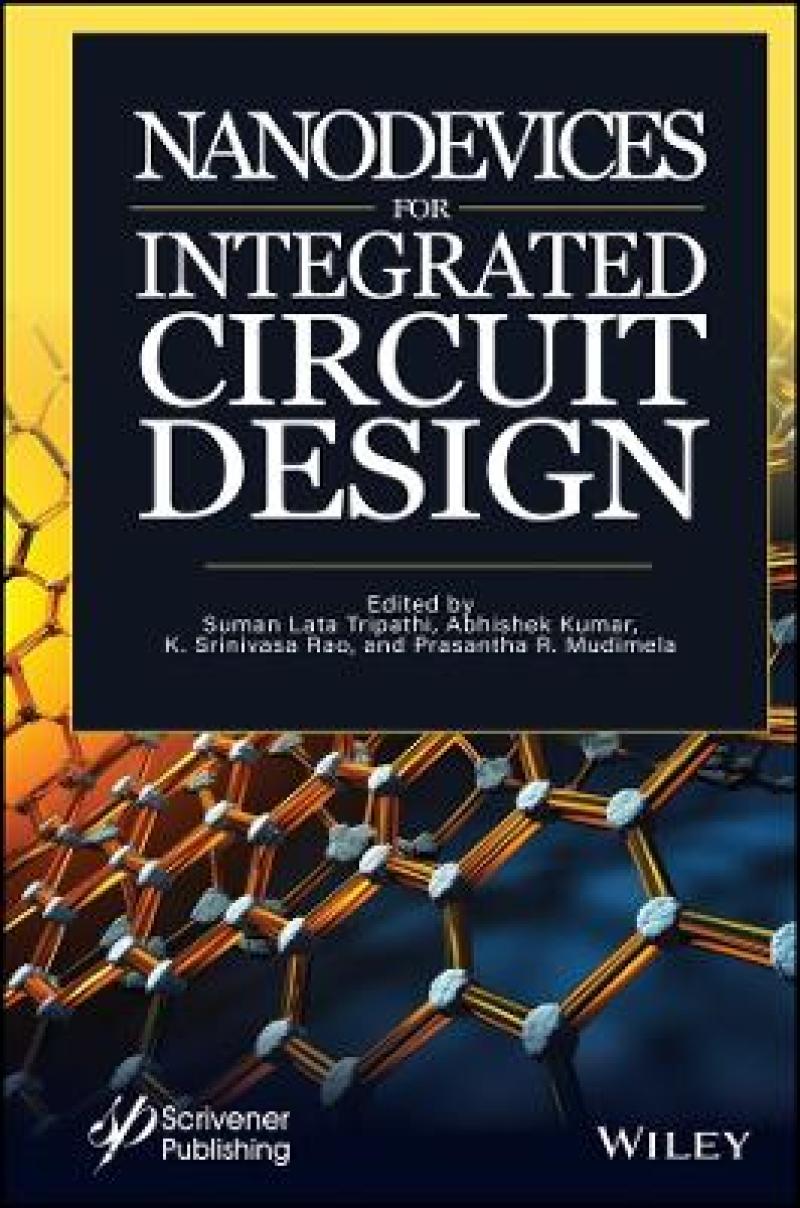Produktdetaljer
Biographical note
Suman Lata Tripathi, PhD, is a professor at Lovely Professional University with more than 21 years of experience in academics. She has published more than 103 research papers in refereed journals and conferences. She has organized several workshops, summer internships, and expert lectures for students, and she has worked as a session chair, conference steering committee member, editorial board member, and reviewer for IEEE journals and conferences. She has published three books and currently has multiple volumes scheduled for publication from Wiley-Scrivener.
Abhishek Kumar, PhD, is an associate professor at and obtained his PhD in the area of VLSI Design for Low Power and Secured Architecture from Lovely Professional University, India. With over 11 years of academic experience, he has published more than 30 research papers and proceedings in scholarly journals. He has also published nine book chapters and one authored book. He has worked as a reviewer and program committee member and editorial board member for academic and scholarly conferences and journals, and he has 11 patents to his credit.
K. Srinivasa Rao, PhD, is a professor and Head of Microelectronics Research Group, Department of Electronics and Communication Engineering at the Koneru Lakshmaiah Education Foundation, India. He has earned multiple awards for his scholarship and has published more than 150 papers in scientific journals and presented more than 55 papers at scientific conferences around the world.
Prasantha R. Mudimela, PhD, is a professor in the Department of Electronics and Communication Engineering, GITAM (deemed to be University), Hyderabad campus, India. He has two years of postdoc experience from the University of Namur, Belgium and KAUST, Saudi Arabia. He has over 15 years of teaching and research experience, and he has published over 45 refereed journal and conference papers.
